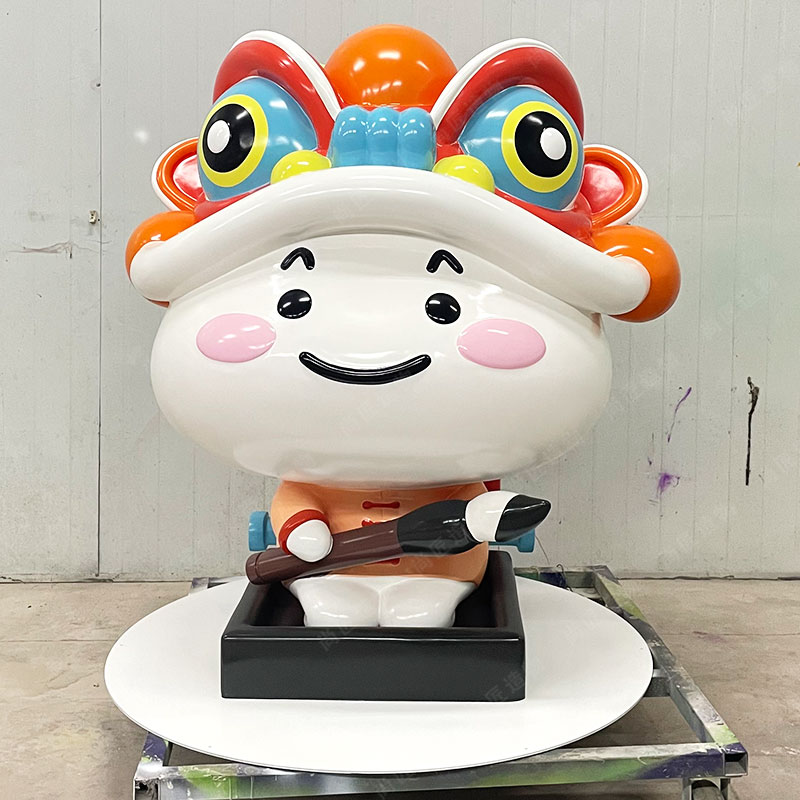Key Takeaways
Stainless steel sculptures depicting playful cartoon figures rely on deliberate design choices to balance whimsy with industrial materiality. Key elements include exaggerated limb proportions, such as oversized heads or elongated limbs, which create visual dynamism while maintaining structural stability. Facial expressions—achieved through polished curves or etched textures—convey humor and lightness, contrasting with steel’s rigidity.
“The magic lies in making cold metal ‘smile’—a well-placed curve can turn stainless steel into a mischievous character,” notes sculptor Elena Varga.
Botanical integrations, like abstract floral motifs fused with cartoonish forms, introduce surrealism without overwhelming the figure’s identity. For beginners, prioritizing symmetry in exaggerated features ensures cohesion, while advanced artists might experiment with asymmetrical poses to amplify movement. Crucially, the material’s reflective surface interacts with light, adding temporal depth to static forms. This interplay between durability and playfulness redefines stainless steel’s narrative potential, transforming industrial mediums into vessels for childlike wonder.

Exaggerated Proportions in Steel Art
Exaggerated proportions in stainless steel sculpture challenge traditional artistic norms by amplifying features like oversized heads, elongated limbs, or comically small torsos. This technique injects humor and whimsy into rigid industrial material, creating visual tension that draws viewers into the artwork’s narrative. For example, a sculpture might depict a cartoon-inspired figure with legs three times its body height, balanced precariously on a polished steel base. Such distortions mimic the elasticity of hand-drawn animations while leveraging metal’s structural integrity to defy gravity.
| Feature | Traditional Sculpture | Exaggerated Steel Art |
|---|---|---|
| Head-to-Body Ratio | 1:7 | 1:3 |
| Limb Length | Anatomically accurate | 2-4x elongated |
| Emotional Impact | Subtle realism | Playful absurdity |
Artists achieve these effects through precise cutting and welding, often using mirrored finishes to enhance the surreal quality. A fiberglass sculpture might offer similar flexibility, but stainless steel’s reflective surface adds dynamic interactivity with light and surroundings. By merging childhood nostalgia with industrial aesthetics, these works bridge the gap between fleeting cartoon fantasies and permanent physical forms. The exaggerated proportions also serve practical purposes, improving outdoor visibility in public installations or reinforcing structural stability in large-scale pieces.
Playful Expressions in Metal Cartoons
Stainless steel’s polished surfaces and structural rigidity might seem at odds with the fluidity of cartoonish whimsy, yet sculptors skillfully bridge this gap through exaggerated facial features and dynamic poses. By manipulating metal sheets into bulbous eyes, oversized grins, or comically elongated limbs, artists inject humor and personality into otherwise industrial material. A tilted head or raised eyebrow transforms cold steel into characters that appear mid-laugh or caught in mischievous antics. This interplay between form and emotion relies on precise welding techniques to maintain seamless curves, ensuring expressions remain crisp despite metal’s resistance to organic shapes.
The juxtaposition of childhood nostalgia and industrial aesthetics creates a visual tension that amplifies playfulness. Sculptors often reference classic animation principles—like squash-and-stretch movements—but reinterpret them through geometric abstraction. For instance, a Cartoon sculpture might feature a figure with spiraled limbs mimicking motion lines, merging comic-book energy with metallic permanence. Such works challenge perceptions of steel as purely functional, proving its capacity to evoke joy and spontaneity when shaped with imaginative precision.
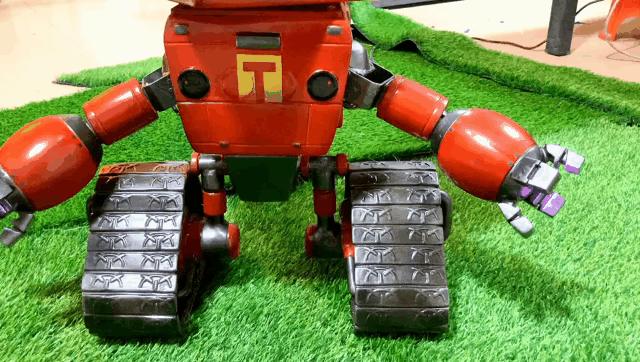
Botanical Fusions in Sculpture Design
Stainless steel’s versatility allows artists to merge industrial precision with organic inspiration, particularly through botanical motifs. By integrating exaggerated leaves, spiraling vines, or oversized blossoms into cartoon-inspired figures, sculptors create surreal juxtapositions that challenge perceptions of rigidity. For instance, a character’s hair might morph into flowing metal ferns, or its limbs twist like gnarled branches, blending humor with natural elegance. Techniques such as laser-cut detailing and polished finishes enhance these hybrid forms, ensuring delicate floral patterns contrast sharply with the material’s inherent toughness.
This approach not only softens stainless steel’s austere reputation but also invites viewers to reimagine relationships between urban environments and nature. A stainless steel sculpture featuring a cartoon rabbit sprouting geometric daisies from its ears, for example, transforms cold metal into a whimsical dialogue about growth and artifice. Such designs rely on precise engineering to balance structural integrity with playful fluidity, proving that even the most unforgiving materials can embody organic vitality when paired with imaginative storytelling.
Dynamic Storytelling Through Metal Forms
Stainless steel’s inherent rigidity contrasts strikingly with the fluid narratives it conveys when shaped into playful cartoon figures. Artists leverage the material’s reflective surfaces and structural integrity to craft forms that suggest motion, interaction, or emotional arcs. For instance, a sculptor might elongate limbs or twist torsos to imply mid-action sequences, turning static metal into scenes bursting with implied energy. This approach transforms cold industrial material into relatable characters, where polished curves mimic exaggerated gestures common in animation.
A key technique involves balancing weight distribution to create illusions of buoyancy, as seen in sculptures depicting figures leaping or suspended mid-air. These works often integrate environmental elements—like wind-swept hair or tilting poses—to anchor the storytelling in a tangible context. The interplay between light and brushed or mirror-finished steel further enhances depth, casting shadows that shift with the viewer’s perspective, as observed in certain kinetic sculpture installations. By merging cartoonish exaggeration with metallurgical precision, artists breathe life into steel, inviting audiences to decode whimsical tales frozen in metal.
Whimsical Charm in Modern Sculpture
Modern stainless steel sculptures reimagine whimsy by merging industrial precision with childlike imagination. Artists achieve this balance by manipulating the material’s reflective surfaces and angular potential to evoke motion and personality. By contrast with traditional bronze or stone, stainless steel’s rigidity becomes an asset—its sharp edges soften through curved, spiraling forms that mimic cartoonish fluidity.
A key technique involves juxtaposing geometric shapes with organic motifs, such as spiraling vines or oversized floral patterns, to create surreal hybrids. These designs often reference animated characters, using polished finishes to amplify light-play and exaggerate facial features. For instance, IP character sculpture projects often integrate exaggerated limbs or comically tilted heads, transforming cold metal into relatable, dynamic figures.
This interplay between technical discipline and playful abstraction allows sculptures to transcend mere decoration. They become tactile narratives, inviting viewers to reinterpret industrial material through a lens of lighthearted curiosity. Contemporary creators leverage stainless steel’s versatility to challenge perceptions, proving even the most unyielding mediums can harbor unexpected warmth and humor.
Techniques for Surreal Steel Sculpting
Surreal steel sculpting relies on methods that merge industrial precision with artistic whimsy. Artists begin by manipulating stainless steel’s malleability through controlled heat application, allowing exaggerated curves or distorted limbs to emerge without compromising structural integrity. Laser-cutting technology enables intricate details, such as oversized eyes or spiraling plant motifs, which contrast with the material’s inherent rigidity. To achieve quirky expressions, sculptors employ hydraulic presses to create subtle facial indentations, mimicking cartoonish grins or raised eyebrows.
A key challenge lies in balancing surrealism with coherence. For instance, realistic sculpture techniques often prioritize anatomical accuracy, but surreal designs intentionally defy these norms—stretching torsos or fusing flora with anthropomorphic shapes. Polishing methods further enhance storytelling: mirror finishes reflect surroundings to imply movement, while brushed textures add depth to fantastical elements. By layering these approaches, stainless steel transforms from cold metal into a medium capable of evoking childlike wonder, bridging the gap between industrial materiality and playful imagination.
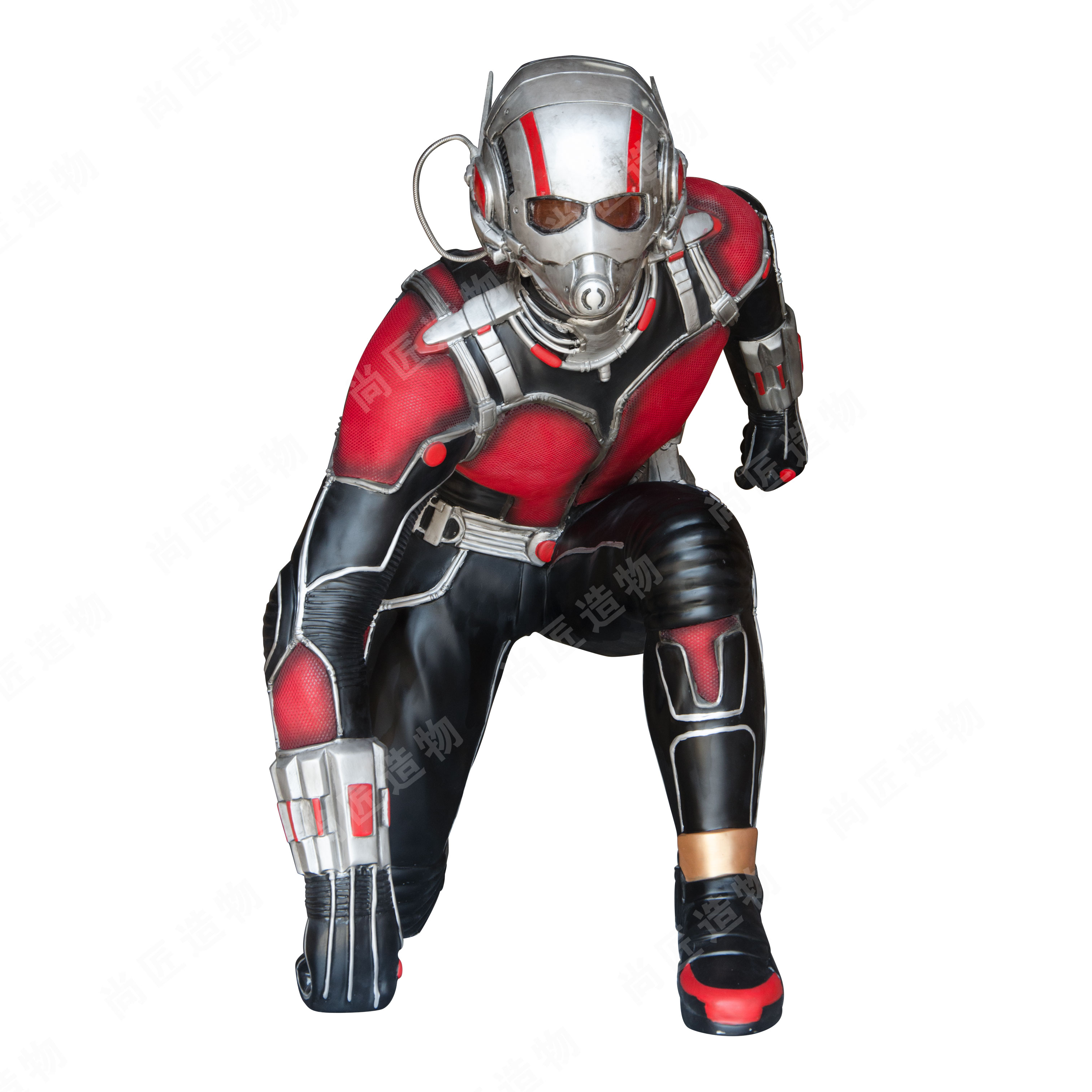
Cartoon Figures Meet Industrial Material
The fusion of cartoon-inspired designs with industrial-grade stainless steel creates striking visual contradictions that redefine material expectations. Unlike traditional bronze or marble, stainless steel’s cold, polished surface contrasts sharply with the warmth and humor associated with cartoon aesthetics. Artists harness this tension by shaping rigid metal into curves, spirals, and bouncing forms reminiscent of animated characters. The material’s durability allows for exaggerated features—like oversized eyes or elongated limbs—to withstand outdoor elements while retaining playful details.
Modern sculptors often laser-cut or weld stainless steel sheets to mimic the bold outlines seen in classic cartoons, transforming flat planes into 3D figures. This process preserves the graphic simplicity of hand-drawn art while adding structural complexity. By mirror-finishing surfaces, reflections interact with surroundings, giving static sculptures a sense of movement. Such techniques bridge childhood nostalgia with industrial innovation, proving that even unyielding materials can evoke lighthearted narratives. The result is artwork that invites viewers to reconsider how “serious” materials can channel whimsy when paired with imaginative forms.
Stainless Steel’s Narrative Potential
Stainless steel’s ability to convey stories lies in its unique interplay of permanence and adaptability. Unlike traditional sculpting materials, its reflective surfaces interact with light and surroundings, creating shifting visual narratives that evolve with the viewer’s perspective. Artists leverage this quality by embedding exaggerated gestures or fragmented forms within cartoon-inspired designs, allowing rigid metal to mimic the fluidity of hand-drawn animation. For instance, a sculpture might use curved, mirror-finish panels to distort proportions dynamically, making a character’s oversized eyes appear to widen or narrow as observers move.
This material’s industrial origins add layers of contrast when depicting whimsical themes. A grinning cartoon figure cast in brushed steel gains unexpected depth—its playful expression juxtaposed against the cold, utilitarian texture. Such contrasts invite viewers to question boundaries between fantasy and reality, while welded seams or rivet details subtly reference the sculpture’s construction process. By merging technical precision with imaginative forms, stainless steel transforms static figures into silent storytellers, their narratives shaped by weather patterns, viewer interactions, and the passage of time.
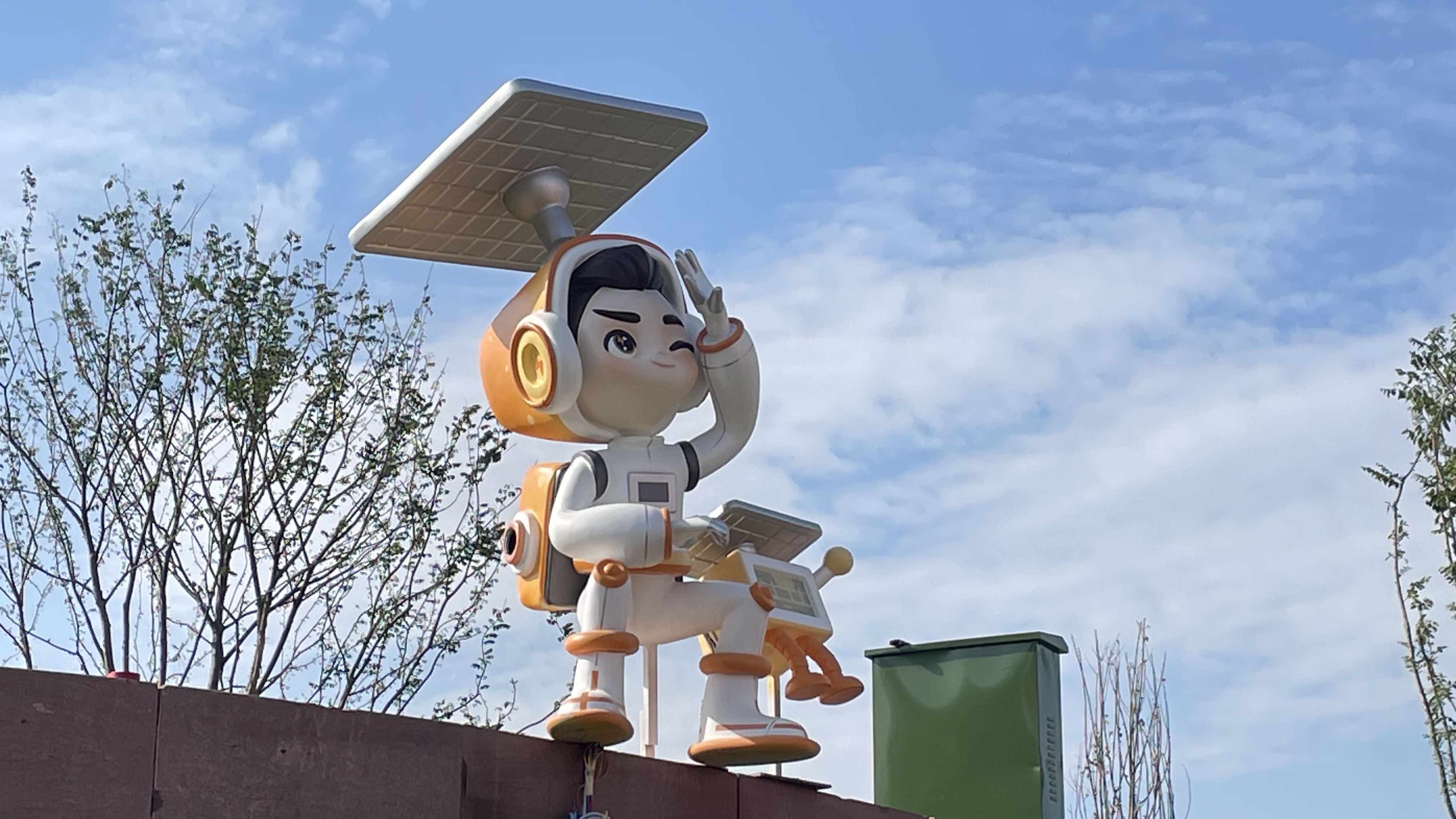
Conclusion
The interplay between stainless steel’s industrial rigidity and the whimsicality of cartoon-inspired sculpture reveals a unique artistic paradox. By bending metal into exaggerated limbs, crafting mischievous grins, or weaving surreal botanical elements into character designs, artists transform cold, unyielding material into forms that spark joy and curiosity. These works challenge assumptions about both medium and subject—proving that stainless steel can convey humor, movement, and narrative as effectively as traditional softer materials. While technical precision ensures structural integrity, it is the deliberate distortion of proportions and playful fusion of organic-mechanical motifs that breathe life into these sculptures. This synthesis not only redefines contemporary public art but also invites viewers to reconsider how everyday materials can transcend their utilitarian origins to tell stories that resonate across generations.
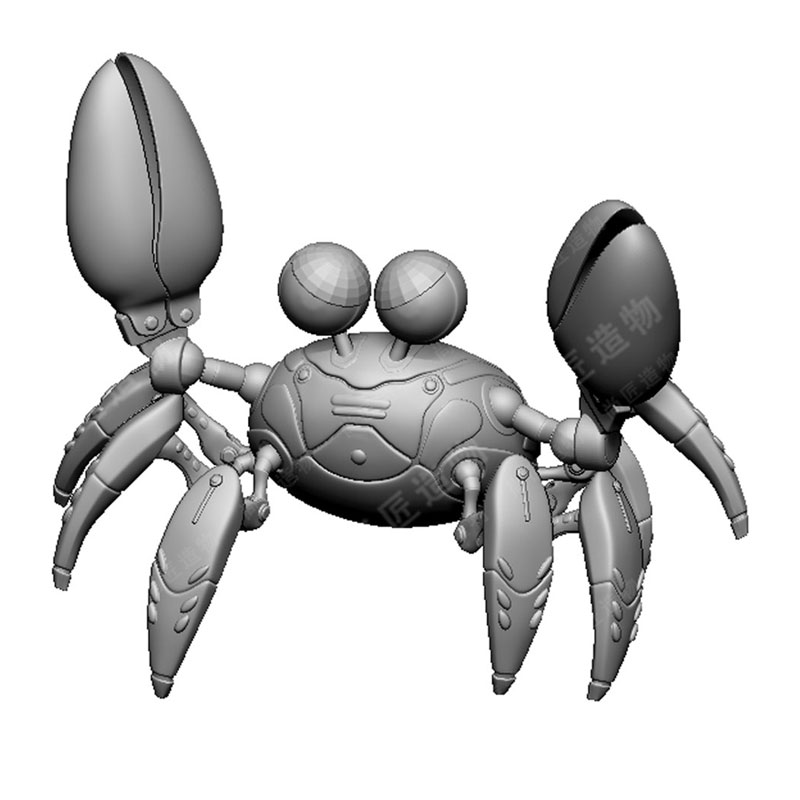
FAQs
How do artists create playful expressions in stainless steel cartoon figures?
Artists manipulate metal surfaces through precise hammering and polishing techniques, crafting exaggerated smiles or widened eyes that mimic 2D animation styles. These expressions gain depth through light reflection patterns unique to stainless steel.
Can rigid materials like steel truly convey whimsical storytelling?
Yes. By bending steel into improbable curves or nesting smaller figures within larger forms, sculptors create visual narratives. A dragon coiled around a tree or a rabbit balancing teacups demonstrates steel’s capacity for fantastical scenes.
Why combine botanical elements with cartoonish steel figures?
Flowing metal vines or geometric leaves contrast with rounded character designs, enhancing surrealism. This fusion mirrors how cartoons often blend organic and artificial elements, grounding fantasy in tactile textures.
What maintenance do these sculptures require outdoors?
Stainless steel’s corrosion resistance minimizes upkeep. Periodic cleaning preserves reflective surfaces that amplify playful details, ensuring rain or sunlight highlights rather than degrades whimsical features.
Do these sculptures follow traditional cartoon design rules?
While borrowing proportions like oversized heads (common in animation), 3D steel versions add depth layers. Shadows cast by a sculpture’s nose or ears evolve with daylight, introducing time-based dynamics absent in flat drawings.
 ch
ch English
English

